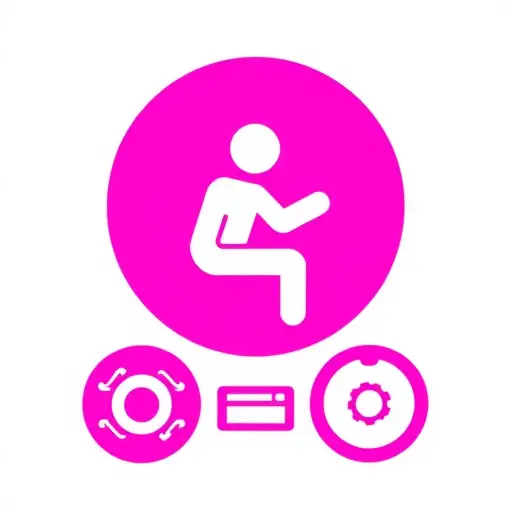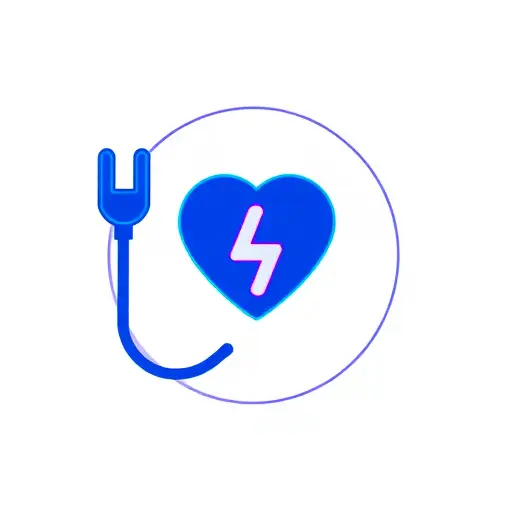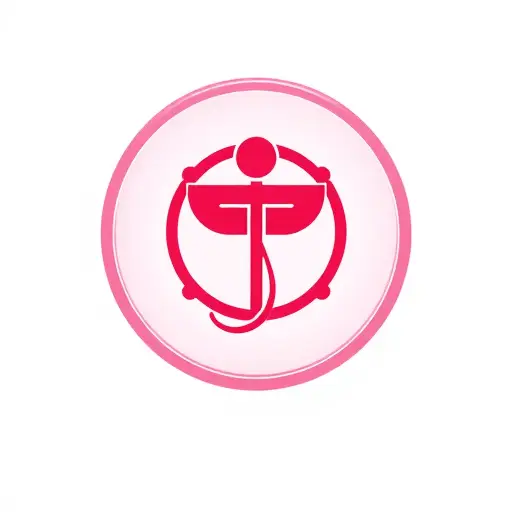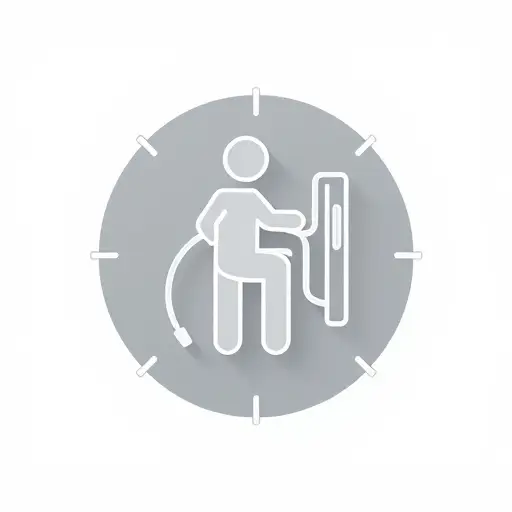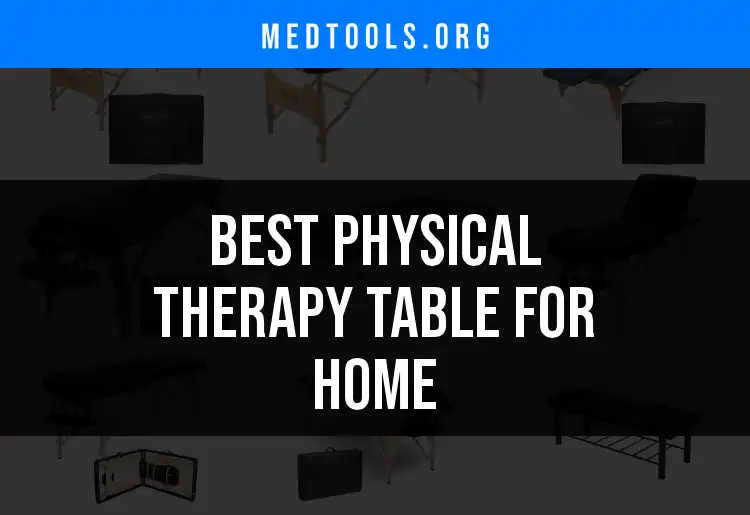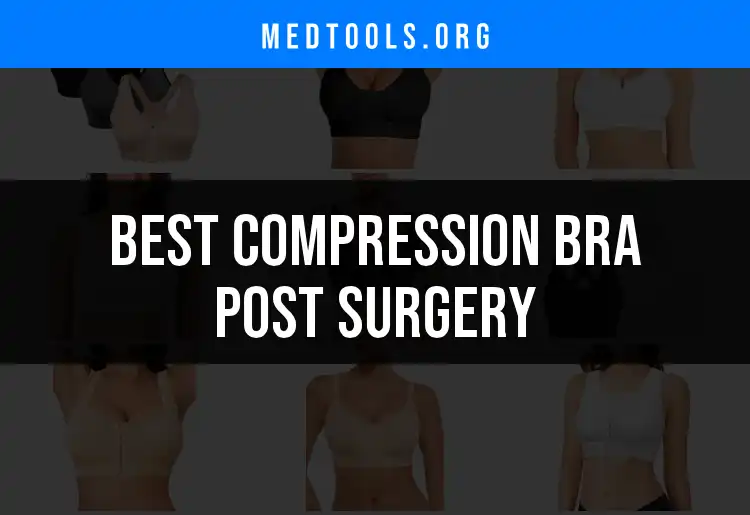Rehabilitation is a multifaceted process designed to help individuals recover and reintegrate into their daily lives after illness or injury. This process involves employing various techniques and tools aimed at restoring physical and cognitive functions. By understanding the importance of rehabilitation, patients and caregivers can make informed decisions about their treatment plans, leading to improved outcomes and quality of life.
Importance of Rehabilitation in Recovery
Rehabilitation plays a crucial role in recovery due to its comprehensive approach, addressing both physical and emotional well-being. By participating in rehabilitation programs, individuals can experience:
- Promotes Healing: Engaging in specialized therapeutic activities, tailored to foster the natural healing processes of the body, significantly contributes to patient recovery.
- Restores Function: Rehabilitation restores movement, strength, and the ability to perform daily activities, crucial for maintaining independence and emotional health.
- Enhances Quality of Life: Effective rehabilitation not only improves physical health but also enhances emotional well-being by allowing individuals to return to their daily routines and social activities.
Types of Rehabilitation
Understanding the various types of rehabilitation can aid in identifying the most suitable approach for different conditions.
Physical Rehabilitation
Physical rehabilitation focuses specifically on improving mobility, strength, and overall physical function.
Role of Physical Therapists
Physical therapists are the backbone of any rehabilitation program. Their responsibilities include:
- Assessing the Patient's Needs: Personal assessments help create individualized treatment plans that address each patient's unique challenges and goals.
- Creating Customized Treatment Plans: By tailoring interventions to the individual’s needs, therapists can ensure that the recovery process is effective and efficient.
- Monitoring Progress: Ongoing assessments allow physical therapists to adapt treatment protocols based on the patient’s response and progress.
Common Treatments
A variety of treatment methods are used in physical rehabilitation, including exercises, manual therapy, and technology-assisted therapies. This broad range allows therapists to adjust treatment modalities for optimal patient outcomes, ensuring that each individual receives care tailored to their specific recovery needs.
Occupational Rehabilitation
Occupational rehabilitation focuses on enabling individuals to regain their ability to perform daily tasks and return to their jobs effectively.
Definition and Importance
This form of rehabilitation is essential for maintaining an individual’s independence and participation in meaningful activities. It often involves addressing both physical abilities and cognitive skills, all of which are necessary for effective daily functioning.
Methods and Goals
Occupational therapists utilize various methods to achieve specific goals, such as enhancing work-related skills, providing adaptive tools, and modifying work environments, thereby ensuring that patients can confidently and safely return to their daily routines.
Speech Rehabilitation
Speech rehabilitation addresses communication and swallowing difficulties that might arise following an injury or medical condition.
Overview
Speech-language pathologists work closely with individuals to assess their communication capabilities and provide therapeutic strategies to improve verbal and non-verbal communication skills. This is vital for enhancing personal and professional interactions, which can significantly impact overall quality of life.
Medical Devices in Rehabilitation
Overview of Medical Devices
Medical devices are integral to rehabilitation processes, serving as critical tools that assist recovery. These devices enhance the effectiveness of treatments and support patients in achieving their rehabilitation goals.
Importance of Medical Devices in Recovery
Medical devices contribute to recovery in several ways:
- Promote Healing: Devices such as braces and ice machines assist in reducing pain and accelerating recovery.
- Enhance Comfort: By providing necessary support and relief, these devices make the rehabilitation process manageable and more comfortable for the patient.
Categories of Medical Devices Used in Rehabilitation
Some common categories of medical devices used in rehabilitation include:
- Braces for Joint Support: These devices stabilize joints, ensuring that movements are safe and deliberate during the recovery process.
- Ice Therapy Equipment: Ice machines can dramatically reduce inflammation, aiding in prompt recovery post-operatively.
- Compression Garments: These garments support tissue recovery by improving circulation and reducing swelling.
Shoulder Rehabilitation
Importance of Shoulder Rehabilitation
Given the shoulder's intricate structure and its range of motion, shoulder rehabilitation is vital against potential impairments resulting from injury or surgery. Successful rehabilitation ensures that individuals regain optimal movement and functionality, which is crucial for daily activities.
Devices for Shoulder Rehabilitation
Shoulder Braces
Shoulder braces provide critical support by stabilizing the shoulder joint. Utilization of a shoulder brace during recovery helps prevent further injury and supports healthy healing. If you’re interested in learning more about quality options, check out our recommendations for the best shoulder brace, which have been evaluated for comfort and effectiveness.
Ice Therapy
Ice therapy is fundamental in managing pain and inflammation following a shoulder injury.
Ice Machines for Rotator Cuff Surgery
After rotator cuff surgery, managing discomfort and swelling is paramount. Specialized ice machines can significantly aid this, delivering cold therapy directly to the area. For those recovering from this specific procedure, consider exploring our top picks for the best ice machine for rotator cuff surgery, which can facilitate a smoother recovery process.
Ice Machines for Shoulder Surgery
Similar applications can be made for ice machines in general shoulder surgeries, where cold therapy is crucial for post-operative care. To help navigate available options, refer to our guide to the best ice machine for shoulder surgery.
Hip Rehabilitation
Significance of Hip Rehabilitation
Hip injuries can often be debilitating, hindering mobility and independence. Effective rehabilitation restores function, allowing individuals to maintain an active lifestyle.
Hip Support Devices
Hip Support Brace
Hip support braces are specifically designed to stabilize the hip joint during recovery, assisting in both mobility and pain management. For recommendations on effective models, explore our guide to the best hip support brace, where you can find options that cater to various needs and preferences.
Hip Brace
For comprehensive stabilization, hip braces can offer additional support during the rehabilitation phase. To find suitable devices aligned with your recovery goals, browse our suggestions for the best hip brace.
Ice Therapy for Hip Recovery
Just as with shoulder rehabilitation, ice therapy plays a pivotal role in managing pain and reducing inflammation in the hip region. This therapy enhances comfort during the rehabilitation process, promoting earlier mobilization.
Knee Rehabilitation
Importance of Knee Rehabilitation
Knee injuries, whether from excessive use or trauma, require targeted rehabilitation strategies to restore mobility and strength. Effective rehabilitation ensures individuals can return to their normal activities without limitations.
Devices for Knee Recovery
Knee Pads for Knee Replacement
After knee replacement surgery, knee pads provide protection and support that can prevent strain or additional injury. For an overview of the most effective models, refer to our recommendations for the best knee pads for knee replacement.
Ice Pack for Knee Replacement Surgery
Utilizing an ice pack post-surgery is invaluable in managing discomfort and swelling. Proper cold therapy can enhance recovery significantly. To find the most effective options for post-operative care, check our suggestions for the best ice pack for knee replacement surgery.
Compression Socks for Tendonitis
Compression socks can be an effective tool in managing pain and discomfort associated with tendonitis. These garments improve circulation, providing support to inflamed tissues. For suitable options, explore our recommendations for the best compression socks for tendonitis, which can enhance recovery.
Lymphedema Care
Understanding Lymphedema
Lymphedema results in swelling, often resulting from lymphatic system damage. Managing this condition requires specialized care to improve quality of life.
Role of Compression Bras
Compression bras are essential in managing lymphedema, as they provide the necessary support to reduce swelling and discomfort. If you're looking for appropriate options, check out our list of the best compression bras for lymphedema.
Educational Tools for Rehabilitation
Importance of Education in Rehabilitation
Education enhances both patients' and healthcare professionals’ understanding of rehabilitation techniques and approaches. Informed individuals are more likely to engage in their recovery actively, leading to more successful outcomes.
Anatomy Models for Medical Students
Anatomy models serve as invaluable tools for medical students, aiding in their understanding of human anatomy and its implications in rehabilitation. For effective educational resources, see our guide to the best anatomy models for medical students, which can support comprehensive learning.
Hospital Equipment in Rehabilitation
Overview of Equipment Commonly Used
Hospital equipment is crucial for providing immediate and effective care, especially after surgeries. Proper equipment can facilitate recovery and enhance patient comfort.
Choosing the Right Hospital Mattress
The selection of a comfortable, supportive hospital mattress can significantly impact patient recovery. A high-quality mattress not only provides comfort but also aids in healing by supporting optimal body positioning. For recommendations on effective options, explore our guide to the best hospital mattress.
Conclusion
Rehabilitation is a complex yet essential process for those recovering from illness or injury. A deep understanding of its components enables individuals to navigate the rehabilitation landscape effectively, employing various strategies and medical devices to optimize recovery. This integrative approach fosters patient-centered care, leading to enhanced outcomes and quality of life.
Additional Resources
Organizations and Support Groups in Rehabilitation
Numerous organizations and support groups are available to provide resources and community support during the rehabilitation journey. Engaging with these resources can greatly enhance the recovery experience for patients and their families.
Recommended Reading and Acknowledgments
Continuously expanding your knowledge through research and literature can provide valuable insight into rehabilitation practices and emerging treatments, further enhancing your understanding and experience.
FAQs on Rehabilitation
Common Questions About Rehabilitation
When navigating the complexities of rehabilitation, having access to answers regarding processes, treatment options, or medical devices can be critical. Consulting with healthcare providers or trusted sources promotes informed decision-making, which is crucial for effective recovery.
By taking the time to comprehend the myriad aspects of rehabilitation and leveraging medical devices effectively, individuals can embark on a more empowered and successful recovery journey, paving the way for restored health, mobility, and improved overall quality of life.

